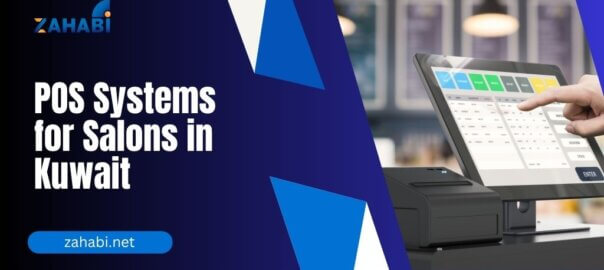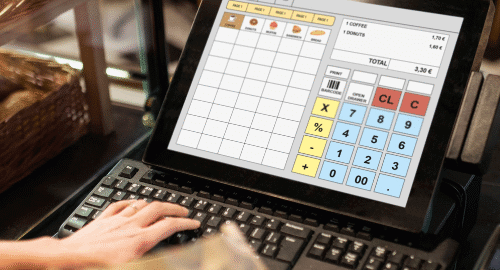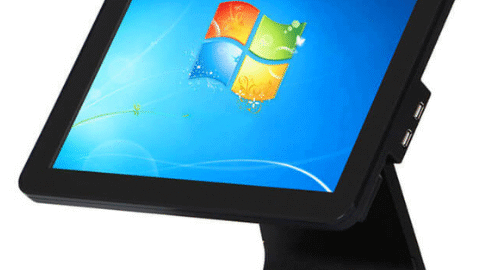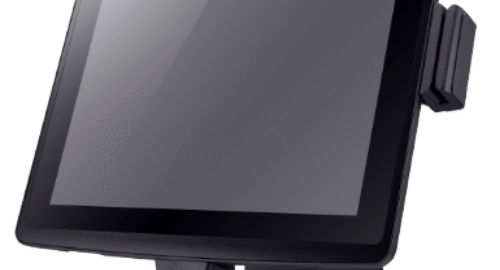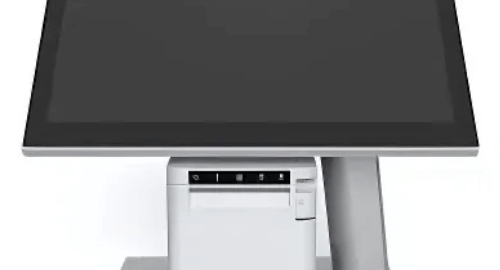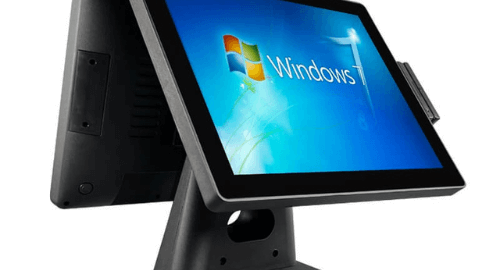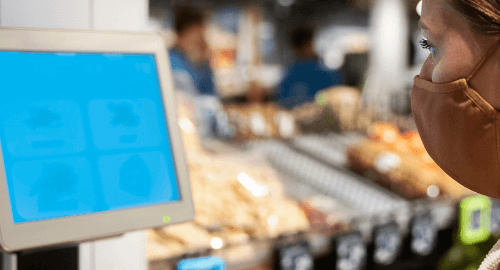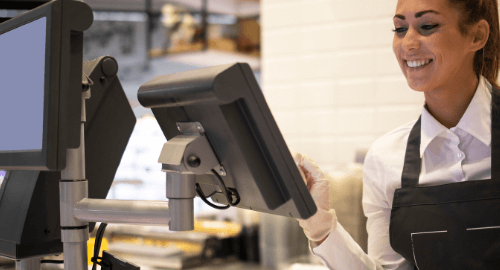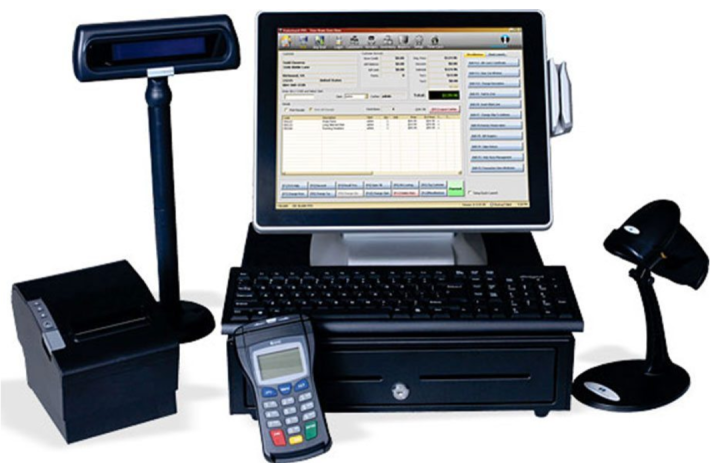
Introduction :
The COVID-19 pandemic has brought significant changes to the retail industry, with more consumers turning to online shopping as the new norm. This shift in consumer behaviour has forced retailers to migrate their businesses to the cloud and adopt point-of-sale (POS) software to keep up with the demand of tech-savvy customers. Today, cloud-hosted POS solutions are no longer optional but a necessity for businesses of all sizes.
Gone are the days of traditional cash registers and manual tracking of inventory and sales. POS systems have provided retailers with a more efficient way to manage their operations and improve the customer experience. With the continued expansion of e-commerce, POS solutions play a critical role in providing convenience for online customers and delivering a customer-centric experience.
To stay competitive in the retail industry, it’s essential to keep up with the latest trends in POS software adoption. By understanding the key insights and reports on POS software trends, retailers can maximise the potential of their existing POS solution or explore newer POS financing trends that can bring value to their retail business.
1. Barcode Printers
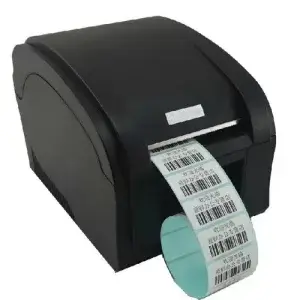
Barcode printers are devices used to print barcodes on labels or tags that can be affixed to products, inventory, or assets. They are an essential tool for businesses that need to track their inventory, manage their assets, and ensure accurate pricing and checkout at the point of sale.
Barcode printers come in a variety of types, including desktop, industrial, and mobile printers. Desktop printers are designed for low to medium-volume printing, while industrial printers are built for high-volume printing in harsh environments. Mobile printers are designed for on-the-go printing and are often used in logistics and warehousing applications.
Barcode printers can be connected to other devices and systems, including computers, mobile devices, and the cloud. This connectivity enables real-time tracking and inventory management, making it easier for businesses to manage their operations. Barcode printers are also becoming more advanced, with features such as high-resolution printing, colour printing, and the ability to print on a variety of materials. These advancements allow businesses to create more visually appealing and durable labels that can withstand harsh environments.
2. Barcode Scanner
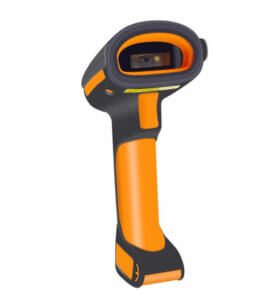
A barcode scanner is a device that reads and translates barcodes into digital data. There are several types of barcode scanners available in the market, including handheld barcode scanners, wireless barcode scanners, and other
Handheld barcode scanners are designed to be held in the hand and aimed at the barcode. They use a laser beam or image capture to read the barcode and translate it into a digital format. These scanners are commonly used in retail stores, warehouses, and manufacturing facilities.
Wireless barcode scanners use Bluetooth or Wi-Fi technology to communicate with a computer or mobile device. These scanners are useful in environments where mobility is important, such as in a large warehouse or retail store.
Other types of barcode scanners include stationary scanners, which are fixed in a specific location, and portable scanners, which are designed to be carried around. There are also specialized barcode scanners, such as those used in healthcare settings or for scanning specific types of barcodes.
Overall, barcode scanners are essential tools for many businesses, allowing them to quickly and accurately collect data and improve efficiency.
3. Biometrics Attendance System
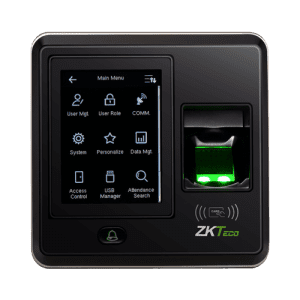
The use of biometric attendance systems has become increasingly popular in recent years, and it’s expected to become even more widespread in the future. With developments in biometric technology, we can expect to see several exciting trends emerging in the near future.
One of the most significant trends is the integration of artificial intelligence and machine learning algorithms. These algorithms will enable biometric systems to learn and adapt to individual employees’ biometric patterns over time, making them even more secure and reducing potential errors or inaccuracies.
Another promising trend is the increased use of mobile biometric attendance systems, which will provide greater flexibility for employees and accurate attendance tracking data for businesses. Overall, the future of biometric attendance systems looks bright, with advancements in technology set to make them even more accurate, reliable, and accessible.
4. ID Card Printers
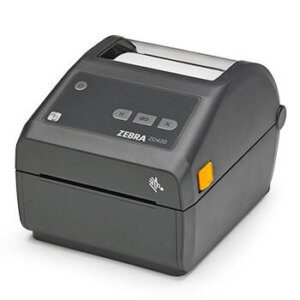
The future of ID card printers is an exciting and rapidly evolving space. With technology advancements, ID card printers are becoming more efficient and secure, and marketers are always looking for ways to tap into these innovations to help businesses and organisations better meet their needs.
One of the most significant trends in ID card printers is the shift towards mobile printing. With the increasing need for flexibility and mobility, mobile ID card printers enable businesses and organisations to issue ID cards on the go, eliminating the need for employees or visitors to travel to a centralised printing location. This trend is especially relevant for companies with a distributed workforce or those that need to issue IDs in remote locations.
Another important trend is the emphasis on security. ID card printers are now equipped with advanced security features, such as holographic overlays, ultraviolet inks, and smart card encoding. These features help to prevent counterfeiting and ensure that ID cards are secure and tamper-proof. The integration of biometric authentication technology, such as fingerprint scanning and facial recognition, is also on the rise, further increasing the security of ID cards.
5. Mobile Computers
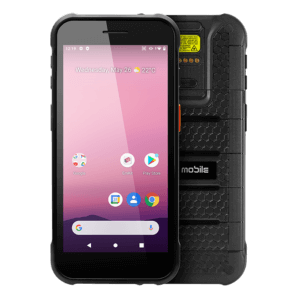
The future of mobile computers in POS systems looks promising, with the continued rise of mobile technology and the demand for more flexible and agile business solutions. One of the key advantages of mobile computers in POS systems is the ability to move away from fixed checkout stations and provide customers with a more personalised and convenient shopping experience. Mobile computers allow employees to process transactions and provide customer service anywhere in the store, reducing wait times and increasing customer satisfaction.
Additionally, mobile computers can provide businesses with real-time access to inventory and sales data, allowing for more accurate and efficient management of operations. This real-time data can also enable businesses to make more informed decisions about inventory management, pricing, and promotions, resulting in increased profitability.
Overall, the future of mobile computers in POS systems is bright, with more businesses adopting mobile technology to improve their operations and provide better customer experiences. As technology continues to advance, we can expect to see even more innovative uses of mobile computers in POS systems, driving greater efficiency, productivity, and profitability for businesses.
6. POS Machines
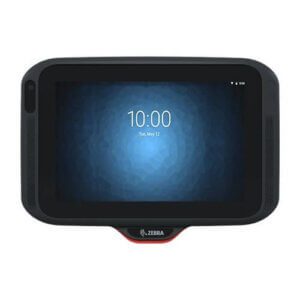
Point of sale (POS) machines have come a long way since their humble origins in the form of mechanical calculators in 1623. Today, they are an essential tool for any modern brick-and-mortar retail location, where business logic and real-time business transactions meet. With the digital age and new technology, cash and cash registers are quickly becoming a thing of the past, and mobile payments and tablet POS are on the rise.
One of the significant advantages of POS machines is that they provide speed, convenience, guaranteed payment for merchants, and security and transparency for both consumers and merchants. Furthermore, the new generation technology has transformed how retailers operate and enabled real-time access to both financial and operational data. With integrated systems like inventory management and CRM functionality, POS systems allow modern-day businesses full control over sales, marketing, inventory tracking, accounting, and customer information.
As the POS terminals market value is predicted to reach $98.27 billion by 2022, it is crucial for merchants to stay on top of the latest trends in POS technology. The ability to access POS software anywhere and at any time, provide meaningful reports for better-informed business decisions, and integrate physical storefronts and online shops are essential features of the next-gen point-of-sale terminals. Retail owners looking for an updated POS system that fits their unique wants and needs can now benefit from fast, intuitive, and full-featured POS systems.
7. RFID Machines
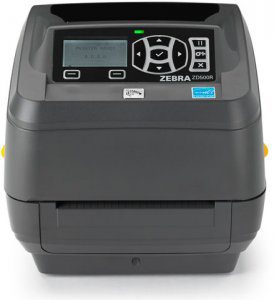
Radio Frequency Identification (RFID) is an established technology from its earliest prototypes in 1973 when engineer Mario Cardullo first patented a device that could emit a coded signal in response to remote radio frequencies. Today it exists as a powerful identification tool used in a wide array of industries. It can keep a record of medications in hospitals, allow authorised personnel in secure areas, and provides invaluable support to inventory and supply chain tracking. You’ve likely encountered this technology in your daily life, whether speeding through checkouts with your tap-to-pay chip, stepping through scanners on your way out of the store, or scanning your toll pass on the way to work.
RFID technology is increasingly being adopted by various industries as an alternative identification system for challenging and complex environments. Identiv has created a tamper-proof RFID label, which erases all information once torn from its adhered surface, preventing the spread of company data to unwanted parties. Additionally, inkjet-printed multi-sensing platforms are being integrated into semi-passive high-frequency RFID smart labels to detect environmental factors that affect logistics in the supply chain, specifically in the food industry. Despite businesses’ reluctance to use RFID tagging due to security concerns, the RFID market is expected to reach USD 22.0 billion in 2020, with Asia Pacific being one of the most lucrative regional markets in the coming years, according to Zion Research and Statista. The large-scale commercialization of machine-to-machine communication has stirred a fourth industrial revolution, and RFID tags are vital to Industry 4.0.


